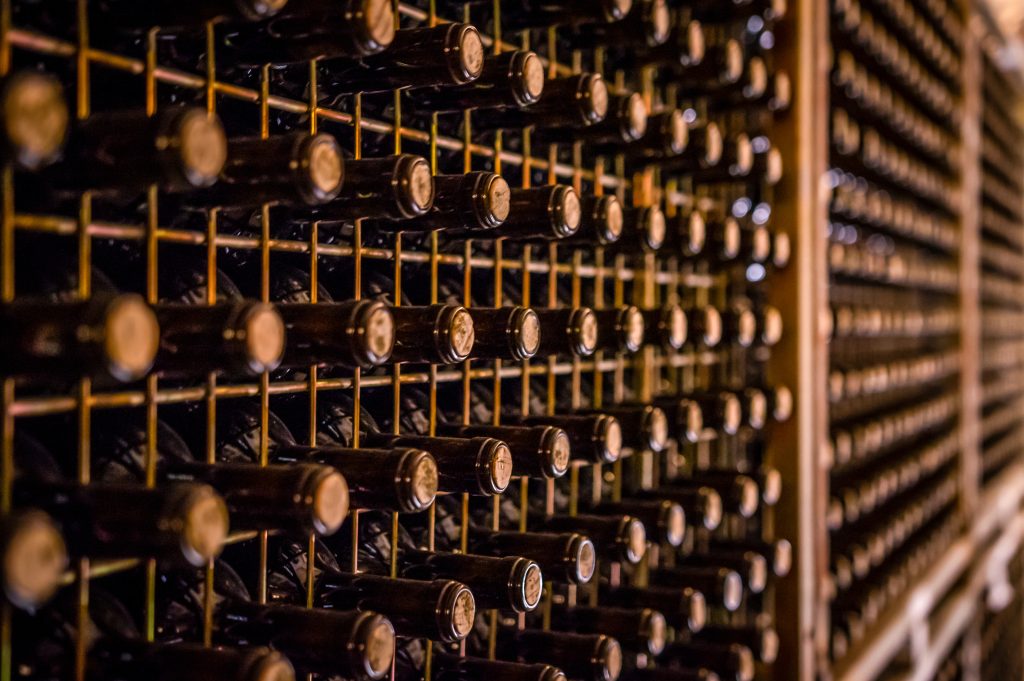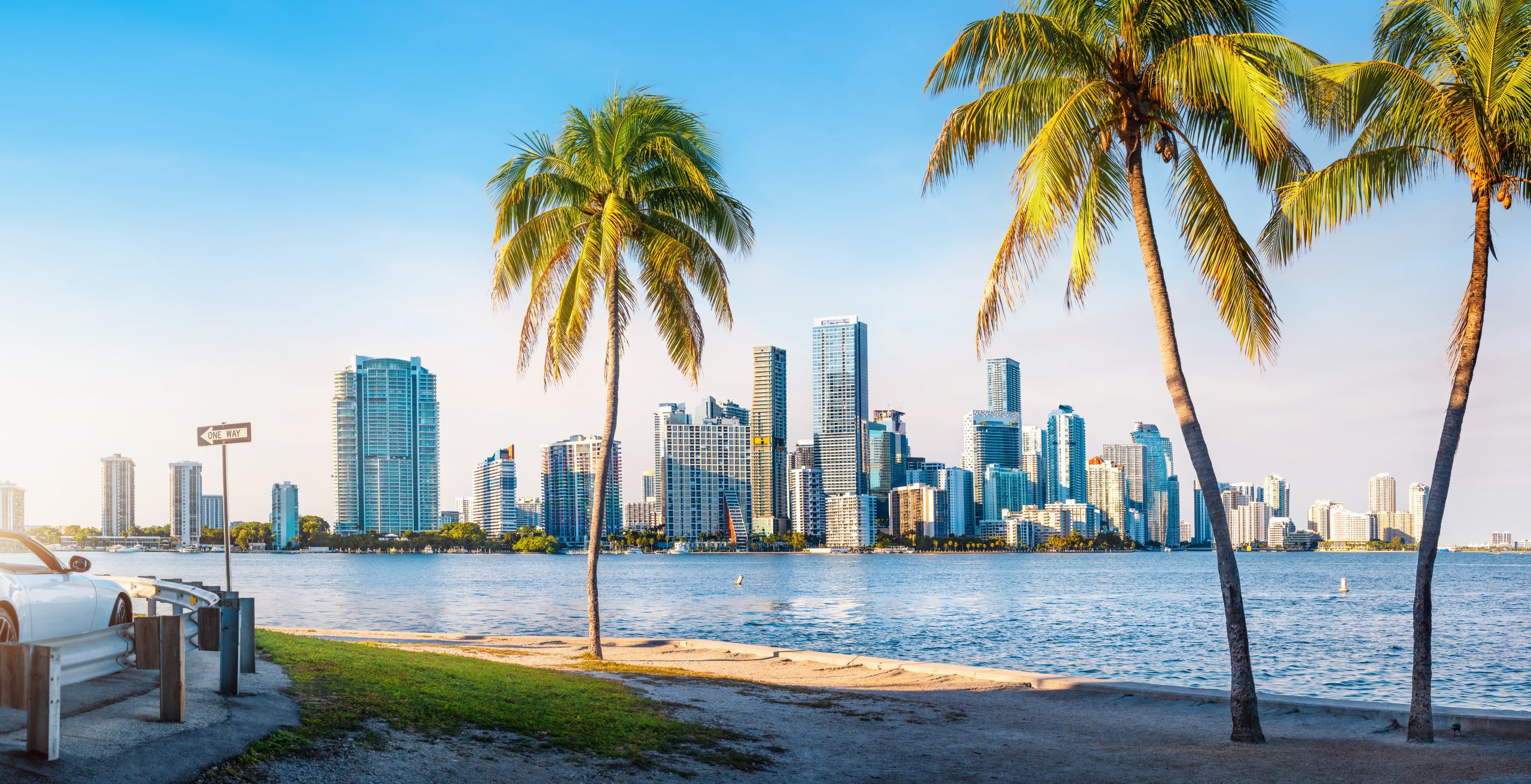Which wines consistently perform on the secondary market?
The Liv-ex Power 100 revealed that there are 51 wines that have shown up consistently on the list year after year – so which wines are they, and how have they stayed on top?

The publication of Liv-ex’s Power 100 in December illustrated a snapshot of the market and the illustrated the trends that have been shaping the secondary fine wine market in the last year. However, analysis by Liv-ex has highlighted some of the brands that have been consistently high-performing, proving themselves over and over again in the last six years.
Top of the list is Domaine Leroy, one of greatest producers of Burgundy wines, in Vosne-Romanée on the Cote d`Or. Owned by Lalou Bize-Leroy, the estate has been farmed biodynamically from the beginning. Leroy has maintained an impressive position over the last six year, topping the Power List for four of those six years and never falling below the top ten. Indeed it is one of only two brands that has maintained a spot in the top 20 every year since 2018, the other being Bordeaux’s Château Mouton Rothschild.
Overall, the analysis shows 23 wines from Bordeaux have consistently performed in the top 100 wines on the secondary market, along with 13 from Burgundy, five from Tuscany, four from Champagne, two from the Rhône and one each from California, Castilla y Leon, Piedmont and South Australia.
Interestingly though, only five of the wines in the 2023 ranking made it into the top ten of the overall Power List (Domaine Leflaive was in the top spot in 2023, just ahead of Château d’Yquem, with Cheval Blanc at 6, Tuscany’s Gaja at 7 and Leroy in at number ten) – and the placings appeared to vary quite widely within the top 20 most consistent wines this year.
Partner Content
Between 2018-2021, the most consistent wines mostly resided in the top quartile of the overall Power List for that year, but this has changed in the last two years – in 2018, for example, all of the top 20 were in the top 50, with 16 of them in the top 25. 2021 saw ten brands ranking 1-10, and 18 of them fell in the top quartile of rankings, with only two ranking between 25-50 in the Power List This contrasted with 2023, which saw the greatest variation – only ten of the most consistent 20 brands were now ranked in the top quartile, and four lay in the 50-100 bracket. ALthough still in the top twenty most consistent brands, de la Romanee-Conti saw its lowest ranking in the six-year period in 2023 at 67th, down from 2 in 2019.
13 brands had been consistently in the top 50, including Château d’Yquem, Château Cheval Blanc, Château Haut-Brion, Château Lafite Rothschild, Château Latour and Château Margaux, as well as Burgundy’s Domaine Leflaive, Gaja from Tuscany and Champagnes Bollinger, Louis Roederer and Dom Pérignon.
Meanwhile, lower down the list of consistent brands, more diversity of regions can be found, even if Bordeaux and Burgundy still dominate the rankings.
For example, Penfolds from Australia, Opus One from California and Vega Sicilia from Spain make the list, as do Chapoutier and E. Guigal from the Rhône, Liv-ex points out. Tuscany racks up four brands with ‘Super Tuscans’ Sassicaia, Masseto, Tignanello and Ornellaia, with Italy’s Bruno Giacosa from Piedmont can making the list.
Related news
St-Estèphe en primeur: tasting notes




